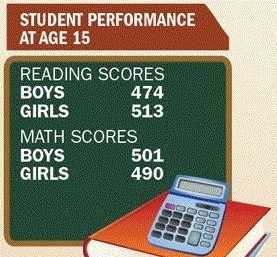Picture This
Equal Treatment
Finance & Development, June 2013, Vol. 50, No. 2
Closing the gender gap would boost economic growth in OECD countries

Many countries have made significant progress toward gender equality in education. Girls today outperform boys in some areas of education and are less likely to drop out of school. But women are also less likely to work for pay than are men, and they continue to earn less. Furthermore, they are less likely to make it to the top of the career ladder and are more likely to spend their final years in poverty.

A new report from the Organization for Economic Cooperation and Development (OECD) on closing the gender gap argues that greater gender equality in education, employment, and entrepreneurship has a strong positive effecton growth. For example, if OECD countries were able to close the gender gap in labor force participation rates completely by 2030, the total increase in GDP over that time would be 12 percent.

According to the report, governments can do a lot to advance gender equality and mainstreaming, such as introducing policies like paid parental leave and child care support to help parents reconcile work and family life. Businesses, too, should offer more family-friendly workplace benefits and flexible working arrangements. Countries should also make sure that young people understand the likely consequences of education choices on career and earnings prospects.



Prepared by Natalie Ramírez-Djumena. Text and charts are based on Closing the Gender Gap, published by the OECD in December 2012.


